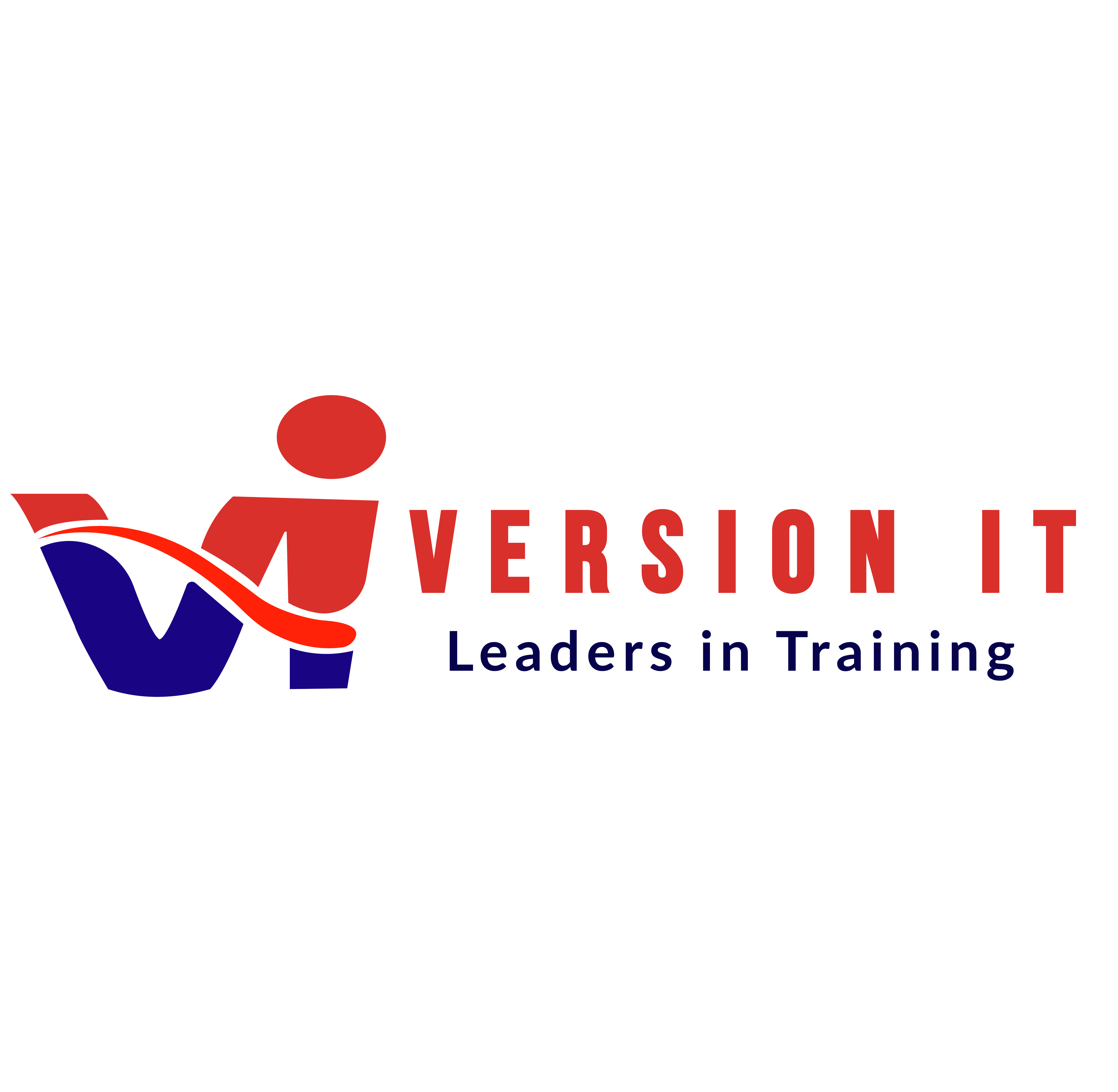Home > Courses > Full Stack Courses > Java Full Stack Courses > Java Course
Java Training in
Hyderabad
Java training in Hyderabad will help you set your career on a good track for your future. This course will help a person master all the subtleties of developing products using Java and get a job as a real IT professional.
20 Modules
with Certifications
Certificate
After Completion
English
Language
version IT Institute is not shaping a career but rather molding the future of IT professionals. Register for our Java course and open yourself to numerous and endless chances. In the ever-changing world of technology, Java has been a constant stone in the growing field of programming languages. Opting for Version IT as your Java training implies a more forward-looking skill set. Our institution prides itself on furnishing students with relevant industry information, making them ready to face the competitive markets of the IT industry. Version IT Institute is a shining example for individuals intending to make their mark in Java programming, equipped with capable teaching staff, modern infrastructure, and a curriculum tailored to current industry requirements.
Objectives of learning this course:
It is Java SE and Java EE, from the basic concepts to more profound understandings. Venture into object-oriented programming, know data types, and excel at building strong applications. Critical issues on exception handling, multithreading, database connectivity, and servlets make up the course curriculum that enables students to learn how to develop Java applications. Hands-on projects and real-world cases will help to understand the theories of success. The Java course offered by version it in Hyderabad is suitable for both amateurs and advanced learners who want to be prepared for the quickly changing globalized environment in the industry of technology.
Topics You will Learn
New Features JAVASE 6 & J2SE 5.0
- Generics
- Enhanced for loop(for each loop)
- Autoboxing/Unboxing
- Typesafe Enums
- Varargs
- Static Import
- Metadata(Annotations)
- Collections Framework
- Reflection API
- Application Development on Eclipse IDE
Introduction to JAVA
- How to Install Java and about Environment Variables
- JVM Architecture
- Datatypes, Variables, Keywords and Identifiers
- Operators and Expressions, Naming Conventions in Java
- Control Flow Statements
- Arrays
- Command Line Arguments
- Object and Class
- Object Oriented Programming(OOP)
- Inheritance
- Interfaces
- Abstract Classes, Inner Classes
- Access Specifiers, Access Modifiers
- Packages
- Collection Frame Work
- Exception Handling
- Multi Threading
- Input/Output Streams
- Networking
- AWT, Applets and Swings
Course Highlights
- Developing Web applications on MyEclipse and Net Beans IDEs.
- Deploying Servlets and JSPs on Weblogic, Websphere, and JBoss application Servers
JDBC 4.0
- Introduction to JDBC
- JDBC architecture
- java.sql Package
- Connection, Statement, ResultSet
- Prepared Statement
- Callable Statement
- Scrollable and Updatable ResultSet
- Batch Updates
- ResultSetMetaData
- Simple Transaction Management
- Four Levels of JDBC drivers, their pros & cons
- Features of JDBC 3.0
Servlets 3.0
- Need of Server side Programming
- Introduction to Servlets
- Servlet Life Cycle
- javax.servlet package
- ServletConfig, ServletContext, ServletResponse
- Supplying initialization parameters to Servlets
- Performing database operations in Servlets
- Include and forward mechanisms
- Applying filters to Servlets
- javax.servlet.http Package
- HttpServlet Life Cycle
- Http request methods GET vs POST
- HttpServletRequest, HttpServletResponse
- Dealing with Http headers & error codes
- Session Tracking, purpose
- Hidden form fields, Cookies
- Http Session, URL rewriting
- Event listeners
- Web application security
JSP 2.2
- Disadvantages of Servlets
- Introduction to JSP
- JSP Life Cycle
- Creating dynamic Web content with JSP
- Scripting elements
- Scriplet
- Declaration
- Expression
- XML syntax for JSP elements
- JSP directives page, include and taglib
- JSP implicit objects
- JSP scopes
- Include and forward mechanism
- Using a Java bean in a jsp
- JSP Model 1 architecture
- JSP Model 2 (MVC) architecture
- Custom Tag Development
- Classic Tags, Simple Tags
- Error Handling in a jsp
- JSTL
- Expression Language
- Processing XML in a jsp
RMI-Remote Method Invocation
- Java Distributed Technology
- RMI Architecture
- Dynamic / Bootstrap Clients
- Object Passing in RMI
- DGC
- Activation
- RMI -IIOP
EJB – Enterprise Java Beans
- Introduction
- Comparison between different Distributed tech(EJB, CORBA, COM/DCOM)
- EJB Architecture
- EJB Container
- Stateless Session Bean
- Statefull Session Bean
- Bean Managed Entity Bean (Container Managed Entity Bean, Bean Managed Security)
- Container Managed Security
- Bean Managed Transactions
- Container Managed Security
- Bean Managed Transactions
- Container Managed Transactions
- Clusters
- Using JDBC Connection Pool in EJB
EJB 2.0
- Local Enterprise Beans
- CMP2.0 model – Container Managed Persistency
- EJBQL – EJB Query Language
- EJB Select Methods
- Finder Methods with EJBQL
- CMR – Container Manager Relationships
- MDB-Message Driven Bean
EJB 2.1
- Enhancements to EJB –QL
- Timer Service
- Web services Support to SLSB
EJB 3.0
- Introduction to EJB 3.0
- Architecture of EJB 3.0
- Session Beans in EJB 3.0
- Stateless Session Bean
- Stateful Session Bean
- Entity Components + JPA 1.0
- Simplified packagingin on context dependency injection (CDI)
- JPA-Java persistence API
- Relations with Entites
- one-to-one
- one-to-many
- many-to-one,
- many-to-many
- inheritance with Entities
- JPQL-Java Persistance Query Language
- Message Driven Bean in EJB 3.0
- Transaction with EJB 3.0
- AOP in EJB 3.0
- AOP – Aspect oriented programming
- Exposing EJB 3.0
- Stateless Session Bean as Web Service
EJB 3.1
- Introduction of 3.1
- Removal of local business interface
- Introduction of singletons
- Asynchronous Session Beans
- Embeddable API for Executing EJB in Java SE env
JTS/JTA-JavaTransaction Service / Java Transaction API
- ACID(Atomicity , Consistency, Isolation, Durability) properties
- When to use Transactions
- Local
- Transactions
- Distributed Transactions
- Flat Transactions
- Nested Transactions
- Chained Transactions
- Two- phase Commit Protocol
JNDI-Java Naming & Directory Interface
- JNDI Architecture, Programming with JNDI, JNDI Security.
JAAS (Java Authentication and Authorization Service)
JMS 1.1 (Java Messaging Service)
Java Mail 1.3
XML (extensible markup Language)
- Introduction
- Need of XML in application architectures
- DTD (Document Type Definition)
- XML Parsers – SAX (Simple API for XML)
- DOM (Document Object Model)
- using IBM’s XML4J
- parser
- XML Schemas
- XML DB Utility (XML SQL Utility)
XSL
- XSL tags
- using apache szian’s XSLT engine for transformation
- X path specifications
- X path expressions
JAXP 1.2 (Java API for XML Parsing)
Web Services
- SOAP 1.1 (Simple Object Access Protocol)
- UDDI 2.0 (The Universel Description, Discovery and Integration )
- WSDL 1.1(Web Services Description Language)
- JAX-RPC 1.1(Java API for XML Remote Procedure Call)
- SAAJ 1.2 (SOAP with Attachments API for Java)
- JAXR (Java API for XML Registration)
- JAXB (Java Architecture for XML Binding)
- JAXWS (Java API for XML …….Webservices)
J2EE Design Patterns
Servers
- Weblogic 10.0
- IBM Websphere 6.0
- J Boss
- Sun one Application Server 9.1
- Oracle 9i Application Server
- Pramati
- Glass Fish
IDE’S
- My Eclipse
- J Builder
- Intellij
- Net Beans
- Weblogic Workshop
- EXADEL Studio
- WSAD
TOOLS
- Build – ANT
- Logging – Log 4j
Let Your Certificates Speak

- Java is a programming language that has been around for a long time. It is incredibly versatile, adapting to a wide range of applications and being a key component of software development.
- Certifications improve your programming profile and are accepted across the world.
- Certificates are issued upon the course's conclusion.
All You Need to Start this Course
- This brief summary emphasizes how important it is to explore Java's many uses, fundamental ideas, and widespread influence on the software development industry.
- This passage highlights how language plays a dynamic role in promoting innovation, flexibility, and the ongoing development of technological solutions.
Testimonials




Still Having Doubts?
This is a feature of the Java programming language that can be utilized when making a general-purpose application. Building these kinds of broad applications is its primary goal. Core Java is the name given to the Java Standard Edition, or J2SE. It primarily covers object-oriented programming (OOP) concepts.
Compared to other programming languages, Java is easier to write, compile, debug, and learn because it was intended to be user-friendly. Java is designed with objects in mind. You can write reusable code and modular programs as a result. Java works with many platforms.
Game creation. Java is used in a lot of well-known video, computer, and mobile games.


